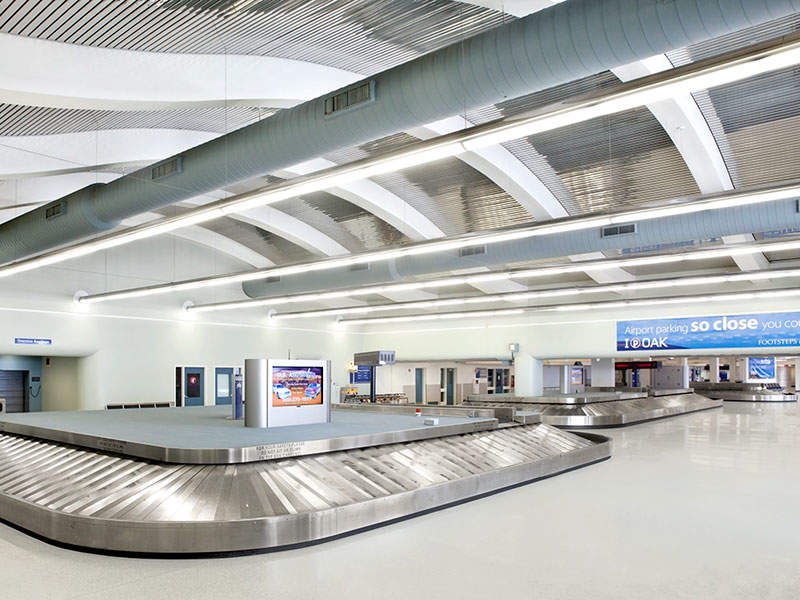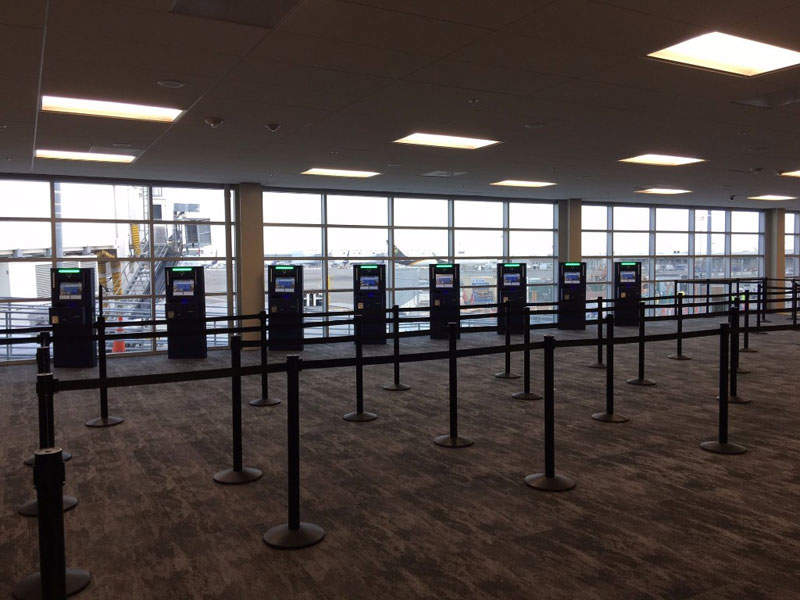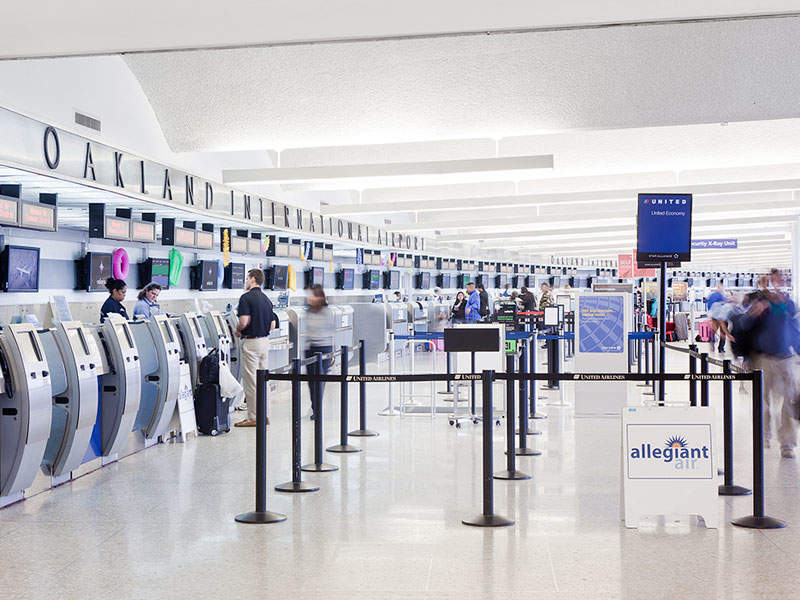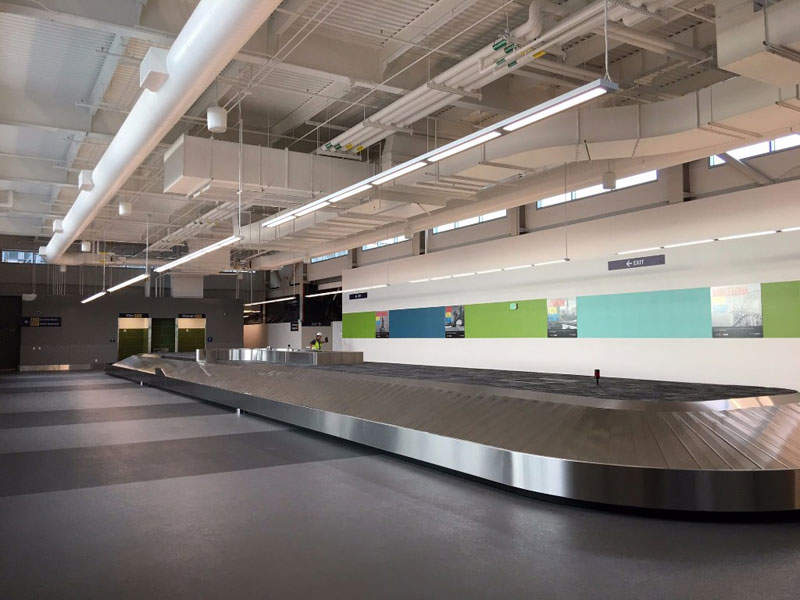The Port of Oakland opened the expanded and renovated International Arrivals Building (IAB) at the Oakland International Airport (OAK) in California, US, in December 2017.
Preliminary design and planning for the expansion commenced in 2015 and the first phases of work were completed by July 2017. The inauguration marked the completion of a $45m Terminal 1 upgrade project that began in August 2016.
The IAB upgrade project was funded by the Passenger Facility Charge (PFC) programme. The expansion will address functional inefficiencies at the airport while allowing it to better handle increasing international passenger traffic arriving mainly from Europe and Mexico.
Approximately 12 million passengers passed through the Oakland airport in 2016, a 7.7% increase from the previous year. OAK witnessed a 134% growth in international passengers during the last two years.
The renovated international arrivals building houses processing facilities for Federal Inspection Services. It is capable of handling up to 600 passengers an hour, equivalent to the capacity of two wide-body aircraft.
The expansion will help increase revenue from businesses and improve connectivity to other existing gates of Terminal 1.
Need for renovation of OAK’s IAB
The IAB at the Oakland International Airport was built as an extension to the Terminal 1 in 1972. Made of pre-engineered steel, the building is accessible through two gates.
In 1991, the facility was installed with a single, 205ft baggage claim device carousel with the capacity to process approximately 300 international arriving passengers an hour, which is equivalent to the capacity of a wide-body aircraft.
A 2014 assessment stated that the existing IAB has been facing operational inefficiencies as the facility is unable to handle increasing traffic.
Details of the expanded IAB facility
The project included the upgrade and expansion of the existing facilities in the OAK’s International Arrivals Building to the current international standards in order to improve operational efficiency.
The project has increased the facility’s size from 24,000ft² to 40,000ft², doubling passenger circulation space in the building.
The new building incorporates reconfigured facilities for the Federal Inspection Services and US Customs and Border Protection (CBP) services including international baggage claim, primary and secondary passenger processing, and an in-transit lounge.
Additionally, eight BorderXpress automated passport control (APC) kiosks were installed at the IAB, bringing the total number of kiosks to 16 to increase self-service options. The number of passenger processing areas was increased to 14. The passenger boarding bridge at gate 1 was also reconfigured as part of the project.
Other upgrades to OAK’s IAB included two Global Entry kiosks, two baggage reclaim carousel and conveyance systems, interior restoration, infrastructure upgrades, and new lighting and flooring systems.
Contractors involved
AE3 Partners served as the lead architect for the renovation of the IAB facility and Turner Construction Company provided construction management services for the expansion and renovation of the IAB.
KPW Structural Engineers provided design and structural engineering services under a subcontract with AE3 Partners.
HNTB developed the internal layout and CBP approval process of the IAB structure.











